This article was medically reviewed by Mark Ziats, MD, PhD. Dr. Mark Ziats is an Internal Medicine Physician, Scientist, Entrepreneur, and the Medical Director of xBiotech. With over five years of experience, he specializes in biotechnology, genomics, and medical devices. He earned a Doctor of Medicine degree from Baylor College of Medicine, a Ph.D. in Genetics from the University of Cambridge, and a BS in Biochemistry and Chemistry from Clemson University. He also completed the INNoVATE Program in Biotechnology Entrepreneurship at The Johns Hopkins University - Carey Business School. Dr. Ziats is board certified by the American Board of Internal Medicine.
There are 7 references cited in this article, which can be found at the bottom of the page.
This article has been viewed 297,611 times.
Research suggests that petechiae, or small purple or red spots on your skin, is caused by damage to the blood capillaries underneath the skin.[1] Capillaries are the ending of blood vessels that form a microscopic meshwork so oxygen and be released from the blood to the tissue, so essentially, petechiae are tiny bruises. Petechiae due to straining, which can cause capillaries to burst, is fairly common and not a cause for alarm. However, experts note that petechiae can be a symptom of a more serious problem, so it's good to see your doctor if you develop petechiae without a good reason.[2] It's important to note that you can't do much to treat petechiae at home; the main way to treat it is to deal with what's causing it, not treat the petechiae itself.
Steps
Looking for the Cause
-
1Look for minor causes. One cause of petechiae is straining too much for too long. For instance, a long coughing fit or an overemotional bout of crying can lead to petechiae. You can also get petechiae from vomiting or straining while lifting weights. It's also a common symptom to have after you've given birth.[3]
-
2Examine your medications. Certain medications can be the cause of petechiae. For instance, anticoagulants such as warfarin and heparin can cause petechiae. Similarly, drugs in the naproxen family, such as Aleve, Anaprox, and Naprosyn can also cause petechiae.[4]
- A few other drugs that can cause petechiae include quinine, penicillin, nitrofurantoin, carbamazepine, desipramine, indomethacin, and atropine.[5]
- If you think one of your medications is causing petechiae, talk to your doctor. She can evaluate whether you need to be on that particular medicine or whether you can switch to something else.
Advertisement -
3Check for infectious diseases. Specific infectious diseases can also lead to this problem. Anything from a bacterial infection to a fungal infection can cause petechiae, such as mononucleosis, scarlet fever, strep throat, meningococcemia, as well as a number of less common infectious organisms.[6]
-
4Look for other diseases or deficiencies. Petechiae can also be a symptom of other diseases that disrupt appropriate blood clotting, such as leukemia and other bone marrow cancers.[7] It can also be the result of a vitamin c deficiency (also known as scurvy) or a vitamin k deficiency, as both are required for proper blood clotting.[8]
- It's worth noting that some treatments, such as chemotherapy, can also result in petechiae.[9]
-
5Get a diagnosis for idiopathic thrombocytopenic purpura. This disease causes you to have clotting problems. It does so by taking away some of your platelets, which are found in your blood.[10] Doctors do not know the exact mechanism by which this occurs, hence the term "idiopathic" (a word that indicates the cause is unknown).
- This disease can lead to petechiae and purpura because platelets usually work to plug up any small tears in your blood vessels. When you don't have enough platelets, your blood can't repair vessels properly, leading to bleeding underneath the skin. That can cause small red spots, petechiae, or larger blood spots, called purpura.[11]
Knowing What to Do
-
1Visit the doctor. If you are a healthy person experiencing new onset petechiae for no reason (you haven't been vomiting, straining, or doing something else that would easily explain the condition), you should see a doctor about it. Though petechiae usually go away on their own if you don't have another disease, it's best to find out if they have an underlying cause.[12]
- It's especially important to take your child to the doctor if she gets petechiae for no reason that you can see, and if it covers a large part of her body.[13]
-
2Treat the underlying disease. If you have an infection or disease that causes your petechiae, the best way to treat the petechiae is to try to cure the disease. Your doctor can help you decide what medication is best for your disease.
-
3Protect yourself if you're older. In older people who's blood clotting system is naturally less effective, even minor trauma can cause significant petechiae. One way to prevent petechia if you're older is to try to avoid trauma. Of course, sometimes you can't avoid an injury, but do not take unnecessary risks.
- For instance, if you have trouble balancing properly, consider using a cane or walker.
-
4Try a cold compress. This may cause petechiae due to trauma, injury, or straining to disappear, but it will not treat any underlying conditions which cause petechiae. Cold can help cut down on inflammation and can help reduce future petechiae, as well.[14]
- To make a cold compress, wrap an ice pack in a washcloth or towel and hold it against the area with petechiae 15 to 20 minutes or less if you can't stand it that long. Do not put an ice pack directly on your skin, as it can cause damage to your skin.
- You can also just use cool water on a washcloth held up to the area.
-
5Wait for petechiae to heal. The main way to get rid of petechiae is to wait for them to heal on their own. Once you treat the underlying cause, the petechiae should fade away.[15]
References
- ↑ https://www.mayoclinic.org/symptoms/petechiae/basics/causes/sym-20050724
- ↑ https://www.mayoclinic.org/symptoms/petechiae/basics/when-to-see-doctor/sym-20050724
- ↑ https://www.medicalnewstoday.com/articles/320597#causes
- ↑ http://www.mayoclinic.org/symptoms/petechiae/basics/causes/sym-20050724
- ↑ http://www.mayoclinic.org/symptoms/petechiae/basics/causes/sym-20050724
- ↑ https://www.medicalnewstoday.com/articles/320597#causes
- ↑ http://www.myvmc.com/diseases/petechiae-skin-purpura/
- ↑ https://www.medicalnewstoday.com/articles/320597#causes
- ↑ http://www.myvmc.com/diseases/petechiae-skin-purpura/
- ↑ https://www.nlm.nih.gov/medlineplus/ency/article/000535.htm
- ↑ https://www.nlm.nih.gov/medlineplus/ency/article/000535.htm
- ↑ http://www.myvmc.com/diseases/petechiae-skin-purpura/
- ↑ http://www.mayoclinic.org/symptoms/petechiae/basics/when-to-see-doctor/sym-20050724
- ↑ http://www.myvmc.com/diseases/petechiae-skin-purpura/
- ↑ http://www.myvmc.com/diseases/petechiae-skin-purpura/
About This Article
To identify pinpoint petechiae, look for red and purple spots on the skin, which occur as a result of broken capillaries. Alternatively, check for petechiae if you take anti-coagulants, like warfarin or heparin, since they can increase the risk of petechiae. If you think you may have pinpoint petechiae, see your doctor to get a prescription for the underlying cause so you can heal from the infection. Along with medication, apply an ice pack for 15 minutes to help calm the inflammation. To learn more from our Medical co-author, including which diseases are associated with petechiae, read on!
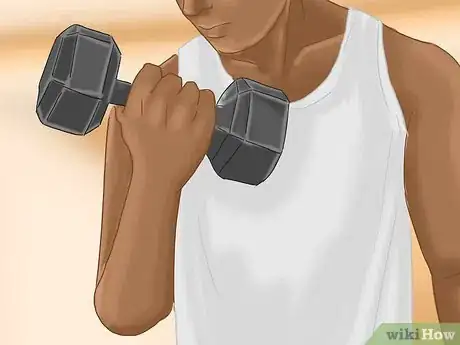
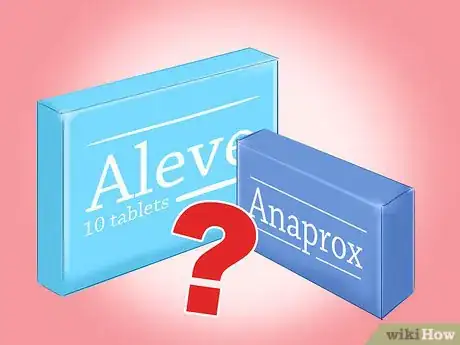
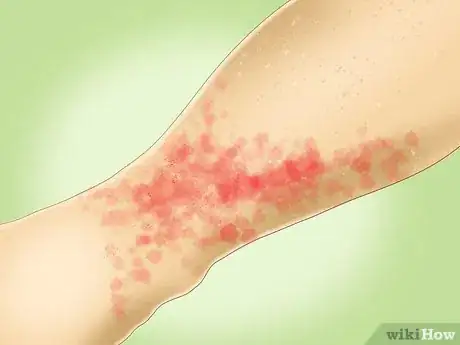
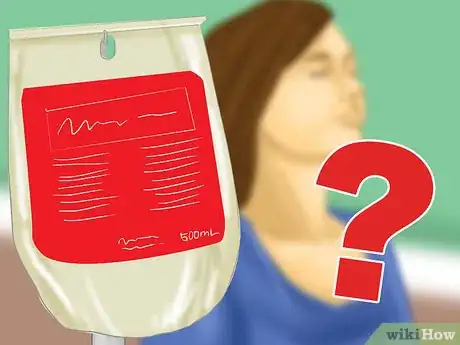
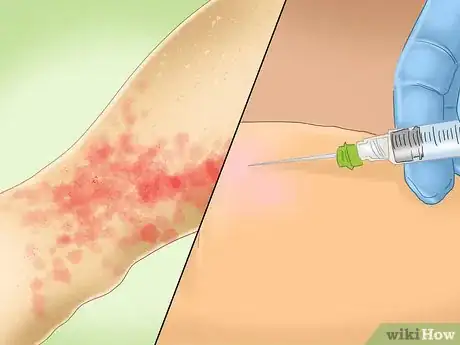

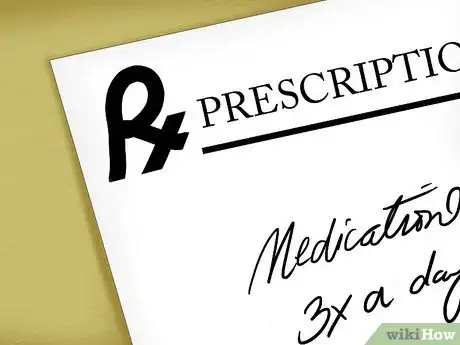
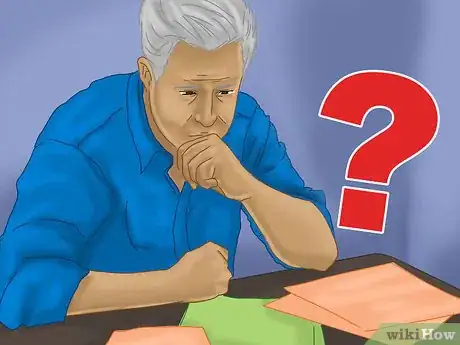
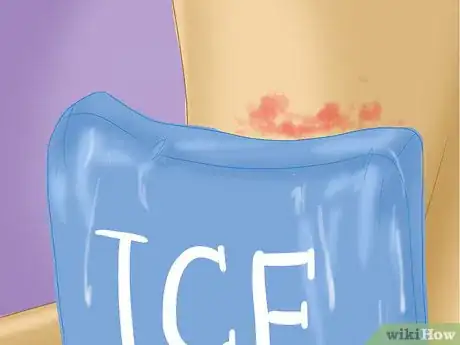
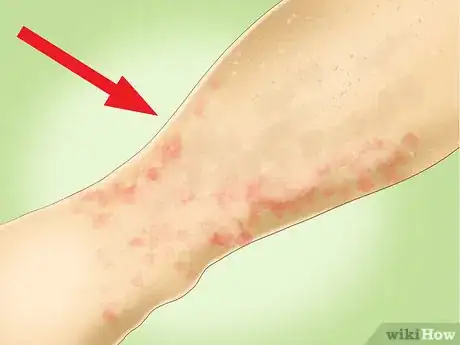
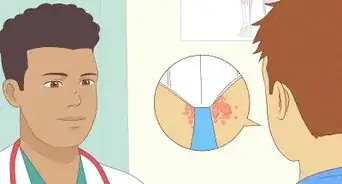

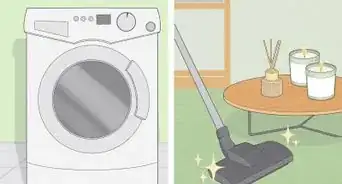

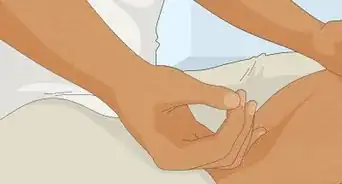

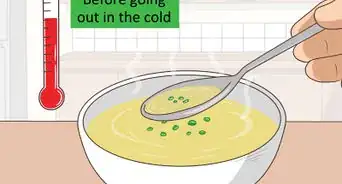

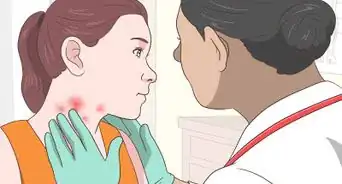

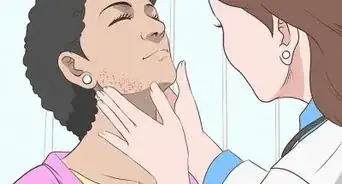
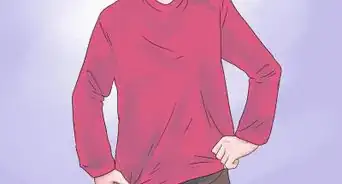
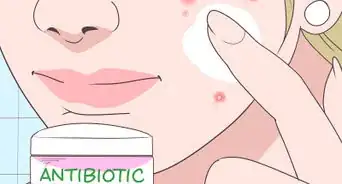
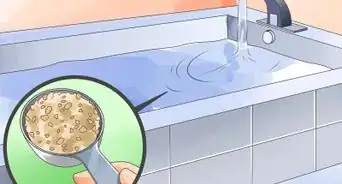









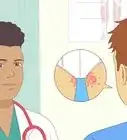

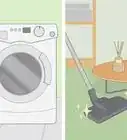
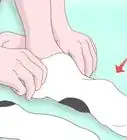



































Medical Disclaimer
The content of this article is not intended to be a substitute for professional medical advice, examination, diagnosis, or treatment. You should always contact your doctor or other qualified healthcare professional before starting, changing, or stopping any kind of health treatment.
Read More...